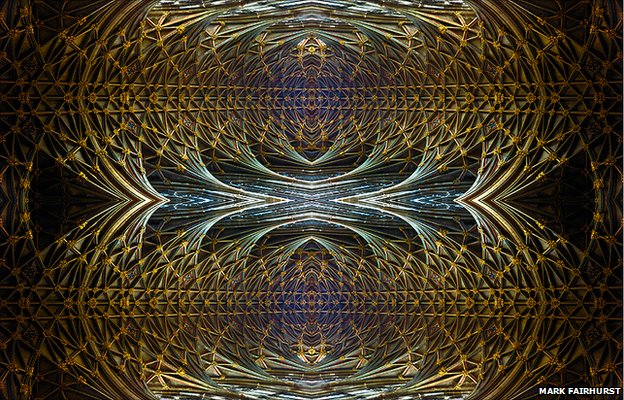It’s a commonplace to find photography and the Bible linked through particularly simple illustration: if you pick up any modern guide to the Bible, you’ll invariably find a book or website with photographs of the landscape of Palestine and Syria, or of its flora & fauna, or of archaeological remains. Occasionally an image might zone in on an object given particularly rich symbolic significance in the text, like a vine or a dove. Invariably, the context of the illustration delimits the use of the image, ‘this is what it says’ becomes a closed line of reference, each in collusion with the other. To me, there’s a redundancy and a poverty, linguistically, in this arrangement. Ok to establish some concretion of the Bible and world, but it doesn’t reflect the elasticity of the text itself very well. MUCH more interesting to me is the impetus of an artist for whom the linking of photographs and biblical text is a chance to change the game, to ask questions that make the relation a more open question of reference.
This piece, Quarantania, by Tacita Dean is one such exploration. It’s by far my favourite in her London take-over this summer at the National Gallery, the National Portrait Gallery, and the Royal Academy. She has been given a landmark triptych of shows, all of which I visited in order to write a review for the forthcoming autumn issue of Art & Christianity (now on my library page). There’s a lot of work, and a lot of film, this being the medium for which she is most celebrated. She is at her best, in my opinion, when the landscape and the still life (two of the gallery themes) present opportunity to engage more widely across other media, other time-frames, other ideologically separate concepts (than that of self-conferring artist portraits). And one of these is the Bible. We find it as a premise for her film Antigone, an opening reference to the sojourn of the Israelites in the desert. We find it in the curated arrangements that include a painting of John the Baptist’s head, or a communion plate. We find it in some of her chalk drawings of the natural world. And we find it in Quarantania.

Mount Quarantania is found in the desert between Jericho and Jerusalem, and is also referred to as the Mount of Temptation. It is notionally the site where Jesus was tempted by the devil before he began his three-year ministry as recorded at the start of the synoptic gospels, in most detail in Matthew 4 and Luke 4. Dean’s seven-panel work, each comprising 3 photo-mechanically printed sections, has a filmmaker’s sense of framing, even spooling, across what is a panoramic capturing of rockface and desert expanse. The lurid sky and seeping distant terrain have an apocalyptic oppression, and the only release of air seems to come from the dust of the chalk writing which scallops across parts of the scene.
This breath, these whispers, are fragments of reading from/around the Bible. There are identifiers, ‘place of temptation’, ‘Satan’s Step’, ‘Judaen desert’. There are questions, ‘where are you JC?’, ‘alone?’. There are emphasised statements, ‘bread or SATISFACTION’, ‘hedonism, egoism and materialism, WEALTH’. Clustered around a scattering of pots in the fifth panel are the numbers 1 to 40, and the words ‘Forty Days and Forty Nights’. Unlike a book illustration, where the texts pedagogically read the image, here the image seems to practise a reading of the text. And its ‘reading’ is like breathing, an organic reaction emerging from the cracks and fissures in the rock, not scripted around gridded lines of text. Conversation not proclamation. Hybridity not homogeneity. Imaged not written. In this sensitivity, something of an exploration is going on, in which Dean reaches for mythical/Scriptural attachment to place and uses it to inhabit her own engagement with the landscape and its representation. It is a theology of place no less, an interweaving/interleaving of Bible and world with self.
Header image: Quarantania, 2018, by Tacita Dean; photogravure. Photographed by Sheona Beaumont.



